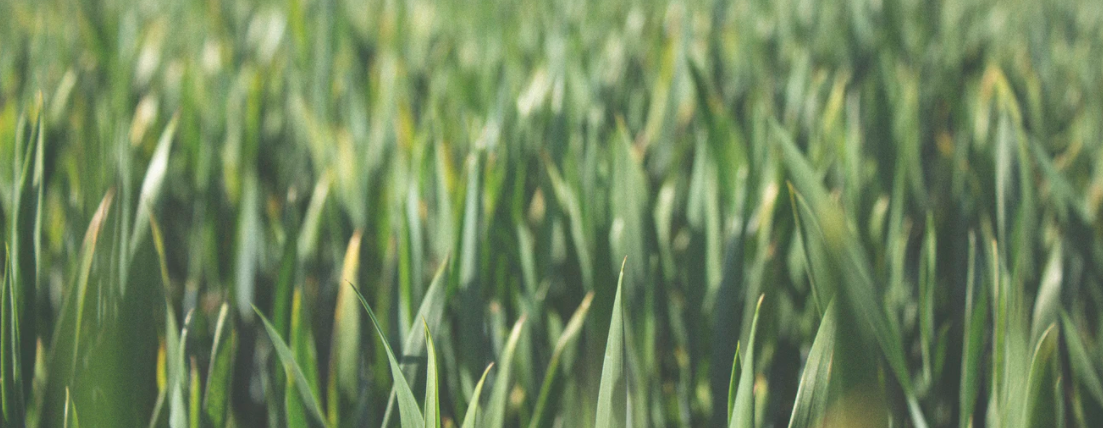Plant Natives Plants
Add a pop of color to your yard!
Going native can save money and time over non-native plants, while also providing needed nutrients for butterflies and insects to feed baby birds. Even better, deep roots of native plants break clay soil to soak up more rain and protect streams by preventing erosion. Non-native invasive plants displace or crowd native plants. Invasive plants impact wildlife, which rely on native plants for food, shelter, and habitat.
Not all non-native plants are invasive. About 900 non-native species grow in Ohio and fewer than 100 of them are considered invasive. Consult with your local SWCD or OSU Extension office for more information on removing invasive plants from your land.
Plant Native Plants
Native plants—those that occur in a specific geographic region over hundreds or thousands of years– have immeasurable environmental and aesthetic benefits.
When it comes to their ecological and environmental importance, native plants are the best of the best.
Native plants:
- Grow extensive root systems that hold soil in place (reducing soil erosion and pollution) and aid in managing and filtering stormwater runoff
- Often require less water and no fertilizers or pesticides
- Provide natural habitat for wildlife, including many bird, insect and mammal species
- Preserve the natural history of a geographic area
- Require little maintenance once established while providing a palette of colorful flowers, fruits/berries and leaves.
Incorporating native plants into your backyard, community or farm has measurable benefits to both terrestrial and aquatic habitats. Storm runoff increases greatly in urban areas because of roads, roofs and parking lots. In rural areas, runoff can become a problem if it’s causing erosion. Native plants have deeper and more extensive root systems that prevent erosion and provide extra filtration. Research suggests that native landscaping in the form of rain gardens, bio-swales, prairies, green roofs, and urban tree canopies, may provide a low-cost alternative to large-scale infrastructure solutions to reduce runoff. Native plants and trees intercept rainfall while their roots aid infiltration and prevent runoff by acting as pathways for water flow. Because of this native plants can enhance the value of grassed waterways on farms and in drainage ditches. Many native species can also be planted in wet areas in your yard where turf grass may struggle to grow.
Learn more about Ohio’s native plants, and make a plan to plant your own! Find an Ohio native plant nursery near you on this map provided by The Lake Erie Allegheny Partnership for Biodiversity: http://leapbio.github.io/nurseries/

Start Taking Action Against Invasive Species
“Invasive species” are non-native species whose introduction to new areas causes or is likely to cause harm to our economy, environment and/or human health. The best way to control invasive species is to prevent them from occurring in the first place. Once the presence of an invader is detected in an area, take steps to restore the ecological balance and eradicate them!
Invasive species cause economic harm. For example, honeysuckle has chemical defenses that can prevent other plants from growing nearby. This prevents the next generation of oak trees from growing in the woods and future timber harvests are lost or reduced. When weeds such as Canada thistle or poison hemlock invade crop fields and pastures, farmers spend more money on labor or herbicides to remove them.
Invasive species, including plants, cause environmental harm by displacing or crowding out native species. This displacement impacts wildlife, which rely on native plants for food, shelter, and habitat. For example, most pollinators are specialists and will not persist in an area if the native plants on which they depend disappear under a surge of invasive plants.
Some invasive species can be harmful to one’s health too. For example, the sap of poison hemlock and giant hogweed is toxic and can cause dangerous burns if it touches human skin.
The first step is to learn how to recognize invasive species. Go to the Ohio Invasive Plants Council website for factsheets and photos at https://www.oipc.info/invasive-plants-of-ohio.html If you are having trouble identifying the species in question, you may contact your county extension office for further assistance.
The second step is to report occurrences of invasive species. Some species, such as Asian longhorned beetle, can be easily eradicated if caught early. The Central Ohio Partnership for Regional Invasive Species Management (COPRISM) was formed to develop a coordinated approach to prevent, combat and improve awareness of invasive species. Join COPRISM on Facebook to get involved in the effort in central Ohio and learn more about how to report observed occurrences.
The third step you can take is to volunteer for organized efforts to remove invasive species from natural areas and your own property. It is a learning opportunity as well as a way to give back to the community.
The fourth step is to help educate others about the threat of invasive species. Most people, when they see these plants with their green leaves, showy flowers and fruits, do not realize how detrimental they are to our native plants and wildlife. They may not even know that they have an invasive species planted in their flowerbed! If each of us helped one more person to be aware of the harm invasive species can cause, the total impact in restoring an ecological balance would be great.
If this information is overwhelming, keep in mind that Ohio has fewer than 100 known invasive species. Break down your project into manageable steps and replace with native species as you go. Consult with your local SWCD or OSU Extension office for more information on removing invasive plants from your land.
Check out these other great resources and help spread the word about native plants!
- Ohio Invasive Plant Council (OIPC)
Provides lists of invasive species and native plant replacements
- Central Ohio Partnership Regional Invasive Species Management (COPRISM)
A newer group that is focused on identifying, preventing and removing invasive plants, assisting invasive species policy management, outreach and education and more!
- Ohio Native Plant Month
April is designated as Ohio Native Plant Month. Find great information on native Ohio plants here.


